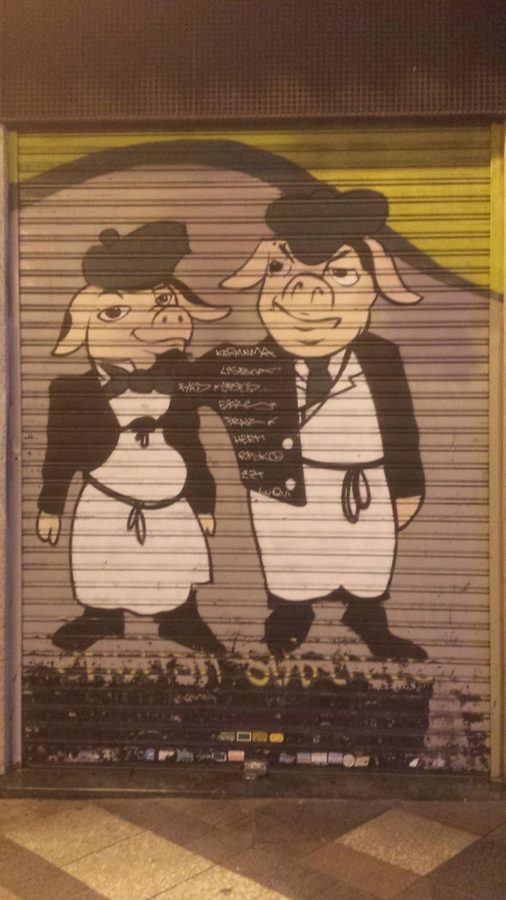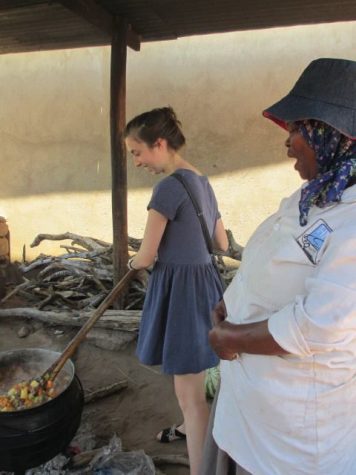MADRID: Surprises
In many ways, Madrid resembles many other big cities, but it definitely has it’s differences, especially from cities in the United States.
When people describe culture shock, it’s usually described as crashing down on you like an overwhelming anvil.From what I’ve experienced, culture shock comes in waves and it is usually unexpected but manageable.
I created the following list with some help from my roommates. It’s not necessarily a list of culture shock triggers, but things that were surprising or different than what we are used to in our home countries.
Tapas: I’ll get this first one out of the way. Almost everyone who knows anything about Spain knows about their unique custom of eating small portions of food called tapas. In most bars, if you order a small beer, you receive a tapa for free. Many people go to a few bars, eat a few tapas and that serves as their dinner.
Meal Times: Spaniards have around five meals a day. They eat breakfast, then a snack, then a large lunch around 2 p.m., another snack, and then dinner around 9 or 10 p.m. It’s hard to get used to eating dinner so late.
Grocery stores: You really don’t have to walk far to buy groceries because there is a grocery store on almost every street corner. This is super useful when you can quickly run down the street and grab something from the store.
The siesta: Siestas are a part of Spanish culture that is absolutely necessary to adapt into your lifestyle. I take one everyday after class. Siestas in Madrid are not as common as in smaller cities, but still a lot of businesses or government buildings will close from 2 to 5 for their siesta.
Taxes: I’ve never really noticed this too much back in the states, but when you come to Europe the tax is already included in the prices. This means that when you buy something for 2 euros, you actually only have to pay 2 euros. This is unlike in the United States where you would have another some 12 cents added when you checkout. It’s just way more convenient.
Finals: The final exams at my school are worth 50 percent of our grade and it’s not uncommon to see some classes with finals that are even 60 or 70 percent. That’s a lot of weight on one test! I used to get nervous at St. Edward’s when I had an final exam that was 30 percent, but that seems like a blessing now.
“Hola Guapa:” Walking down the street can sometimes be a chore when men leer at you and croak “Guapa,” which means “hey good looking,” in your direction. Or sometimes you get the occasional passerby who will lean in and whisper, “Oh que pasa,” or the equivalent of “what’s up” in English. It really makes your skin crawl. I used to be really disgusted by it, and I still am, but it’s just another part of living in Madrid that I have to get used to. Also, I’ve learned enough curse words in Spanish now to respond to their friendly advances.
Garage doors: On literally every building, there are metal garage doors that can be pulled down to cover windows and doors. I found this so interesting when I first got here, but apparently a lot of other urban cities have them too. It protects shops and homes from getting broken into and they can be a good barrier from noise pollution from the street. A lot of the grafitti in the city is on these corrugated doors. Some shops use it to their advantage too and have their name graffitied or some cool artwork. At night, all of the metal doors are pulled down. It almost looks like Madrid is preparing for a zombie apocalypse, like something out of “I Am Legend.”
I’m sure, as I get to know the city more, there will be plenty more surprises to come.







